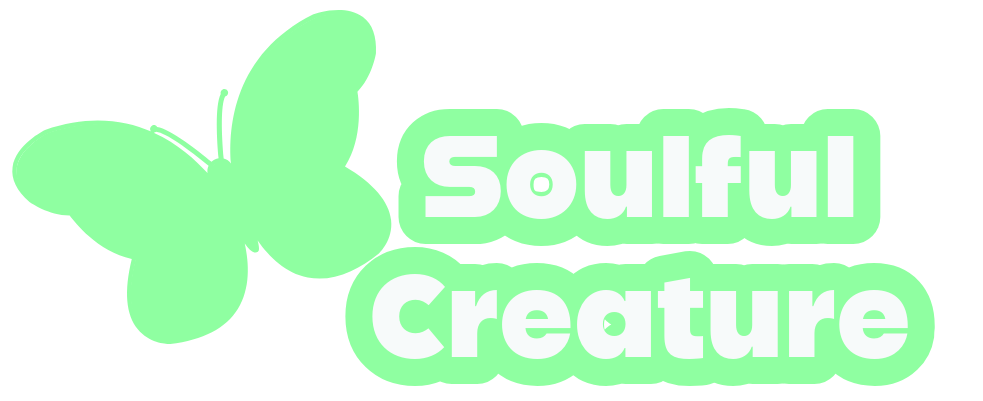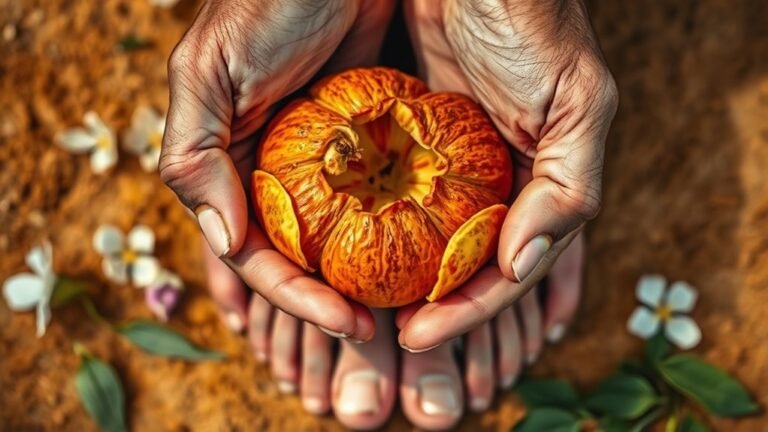Peacock Meaning and Symbolism: Unfolding the Beauty of Pride and Vanity
As you gaze upon the peacock's stunning plumage, you can't help but be drawn in by its majestic beauty. But there's more to this bird than meets the eye. Across cultures, the peacock has been imbued with a rich symbolism that goes beyond its striking appearance. It represents pride, vanity, and beauty, but also renewal and transformation. You might be surprised to learn how this bird's characteristics have been interpreted in ancient cultures, Eastern spirituality, and even Christianity. But what does the peacock truly symbolize, and how can its meaning be applied to your own life?
A Quick Overview
- The peacock symbolizes national identity, unity, and social hierarchy across various cultures and traditions.
- In many cultures, the peacock represents pride, vanity, and beauty, often associated with royalty and nobility.
- The peacock's vibrant colors and stunning plumage symbolize renewal, transformation, and spiritual growth.
- In Eastern spirituality, the peacock represents spiritual awakening and the unfolding of higher consciousness.
- The peacock's symbolism invites individuals to explore their own sense of identity and celebrate their individuality.
Peacock Symbolism in Ancient Cultures
As you explore into the domain of ancient cultures, the peacock's symbolism unfolds like a tapestry richly woven with threads of mysticism, grandeur, and spiritual significance.
You find that in Mesopotamia, the peacock's roots run deep, symbolizing royalty, immortality, and protection. This majestic bird was associated with the gods, and its stunning plumage was said to possess magical powers.
In African heritage, the peacock represents spiritual growth, renewal, and transformation.
Its vibrant feathers signify the beauty and diversity of life, reminding you to celebrate your unique spirit. The peacock's call is also believed to have healing properties, warding off evil spirits and bringing balance to the community.
As you probe deeper into the symbolism, you begin to see the peacock as a reflection of your own journey.
Its stunning display of colors and patterns reminds you to embody your true self, to spread your wings and let your spirit shine. The peacock's symbolism is an invitation to connect with your inner beauty, to celebrate your heritage, and to spread your wings and soar.
Pride and Vanity in Mythology
The peacock's dazzling plumage, your own eyes can't help but be drawn to the majesty that surrounds its figure.
You see reflections of this grandeur in mythological tales, where peacocks embody the complex dance between pride and vanity.
In Greek mythology, the peacock is associated with Hera, the queen of the gods, who represents divine arrogance.
Her peacocks are said to have the power to see into the underworld, symbolizing the all-seeing nature of the divine.
However, this divine arrogance is tempered by mortal flaws.
The peacock's beauty is also a reminder of the transience of life.
In Hindu mythology, the peacock is said to have been created from the feathers of the god Indra, who was punished for his pride.
This myth highlights the delicate balance between pride and humility.
As you gaze upon the peacock's stunning plumage, you're reminded that true beauty lies in acknowledging both the divine and the mortal within.
Representation in Eastern Spirituality
Dive into the domain of Eastern spirituality, and you'll discover the peacock unfolding its majestic plumage in the tapestry of symbolism.
In Hinduism and Buddhism, the peacock represents spiritual awakening, where the individual ego transforms into a higher state of consciousness.
The peacock's stunning plumage is often associated with the unfolding of the Kundalini energy, a dormant energy that lies at the base of the spine. As this energy awakens, it rises through the chakras, symbolizing the journey of self-discovery and spiritual growth.
In Eastern spirituality, the peacock's beauty isn't just skin-deep; it's a reflection of the soul's beauty.
The peacock's eyes, which appear on its stunning feathers, represent the all-seeing and all-knowing nature of the universe.
The peacock's dance, often associated with the monsoon rains, symbolizes the cyclical nature of life, death, and rebirth.
As you connect with the peacock's symbolism, you'll begin to see the world through the lens of spiritual awakening, where every experience is an opportunity for growth and transformation.
The peacock's majestic presence invites you to unfold your own beauty, just like the majestic plumage that unfolds with every step.
Greek and Roman Mythological Significance
Beyond the domain of Eastern spirituality, the peacock's symbolic presence spreads its wings, encompassing the mythological landscapes of ancient Greece and Rome.
As you excavate into the world of Greek and Roman mythology, you'll discover the peacock's association with powerful goddesses. In Greek mythology, the peacock is linked to Hera, the queen of the gods, who's often depicted with the majestic bird by her side.
Hera's jealousy is a recurring theme, and the peacock's sharp eyes are said to watch over her, symbolizing vigilance and protection.
However, the peacock's most significant connection is with Athena, the goddess of wisdom, war, and crafts.
According to myth, the peacock's dazzling plumage is a gift from Athena, who's said to have created the bird's stunning feathers as a symbol of her power. Athena's association with the peacock highlights the bird's role as a guardian of knowledge, creativity, and wisdom.
As you explore the peacock's significance in Greek and Roman mythology, you'll find that its symbolism is woven into the fabric of these ancient cultures, reflecting the values of power, protection, and wisdom that these civilizations held dear.
Christian Symbolism and Interpretation
As you turn the pages of Christian symbolism, you'll find that the peacock's majestic plumage is reinterpreted to convey a rich tapestry of meanings.
In the Christian tradition, the peacock emerges as a heavenly messenger, bearing the colors of divine beauty. Its iridescent feathers are often seen as a symbol of the soul's journey towards spiritual enlightenment, with each eye-like pattern representing a watchful guardian of faith.
In this context, the peacock's dazzling plumage is a metaphor for the divine beauty that radiates from within.
As you gaze upon its majestic form, you're reminded of the promise of eternal life and the transcendent power of the divine.
The peacock's ability to shed its old feathers and emerge anew is also seen as a symbol of spiritual rebirth, echoing the Christian theme of resurrection and renewal.
Through its majestic presence, the peacock invites you to reflect on your own spiritual journey, to seek the divine beauty that resides within and to embody the qualities of hope, renewal, and eternal life.
In this sense, the peacock becomes a powerful symbol of the Christian experience, inspiring you to spread your own wings and soar towards the heavens.
Peacock Meaning in Modern Times
In the midst of modern life, you may find yourself mesmerized by the peacock's vibrant plumage, its symbolic meanings woven into the fabric of contemporary culture.
The peacock's majestic appearance has captivated the attention of artists, designers, and social media enthusiasts alike, as it embodies the essence of pride, vanity, and self-expression.
On social media platforms, the peacock's image is often used to convey confidence, individuality, and a touch of extravagance, reflecting the human desire for self-promotion and validation.
In the domain of fashion trends, the peacock's colors and patterns have inspired designers to create statement pieces that exude luxury, glamour, and sophistication.
From bold, eye-catching prints to intricate, hand-beaded designs, the peacock's aesthetic is reinterpreted in a modern context, allowing individuals to express their unique personality and style.
As you navigate the complexities of modern life, the peacock's symbolism invites you to explore your own sense of identity, embracing your quirks and flaws as a celebration of your individuality.
Cultural Significance and Representation
Delving into the domain of cultural significance, the peacock's presence weaves a rich tapestry of symbolism across various societies and traditions.
You'll find that in many cultures, the peacock is a revered symbol that represents national identity and unity. For instance, in India, the peacock is the national bird, signifying the country's vibrant diversity and rich heritage. In China, the peacock symbolizes good fortune and prosperity, often featured in traditional art and literature.
As you explore the peacock's cultural significance, you'll notice that it often reflects social hierarchy.
In ancient Greece, the peacock was associated with the gods, representing power and immortality. Similarly, in many Asian cultures, the peacock is a symbol of royalty and nobility, often depicted in luxurious attire and settings. The peacock's stunning plumage and majestic demeanor make it a fitting representation of prestige and status.
Frequently Asked Questions
Can Peacocks Change Color to Blend With Their Surroundings?
As you ponder, can peacocks change color to blend with their surroundings? They don't quite shift hues like chameleons, but their stunning feathers create a color shift illusion, revealing their camouflage mastery in a mesmerizing dance.
Are Peacocks Known to Be Aggressive Birds in the Wild?
When you observe peacocks in their natural habitat, you'll notice they can be quite aggressive, especially during territorial disputes and breeding rivalries, fiercely defending their space like a warrior guarding sacred ground.
Do Peacocks Form Long-Term Monogamous Relationships With Mates?
As you plunge into the world of peacocks, you'll discover they don't exactly form long-term monogamous relationships. Instead, they engage in elaborate mating rituals, showcasing their vibrant courtship behaviors, yet often moving on to new mates.
Can Peacocks Be Domesticated as Pets or Show Birds?
You'll find that domesticating peacocks as pets or show birds proves challenging due to breeding difficulties, but with the right socialization techniques, you can successfully tame these majestic creatures, releasing their inner beauty and charm.
How Do Peacocks Protect Themselves From Predators Naturally?
When encountering predators, you'll notice peacocks employ camouflage and predator evasion techniques. They freeze, blending into surroundings, or swiftly run, using their powerful legs to outrun danger, showcasing their primal, instinctual survival skills.

Sofia Phillips is a renowned spirituality expert and the visionary behind SoulfulCreature.com. With a compassionate heart and an enlightened mind, Sofia embarks on a quest to guide others through the realms of spirituality. Her approach is deeply rooted in providing a nurturing and positive experience, allowing individuals to explore and grow in their spiritual journey.






